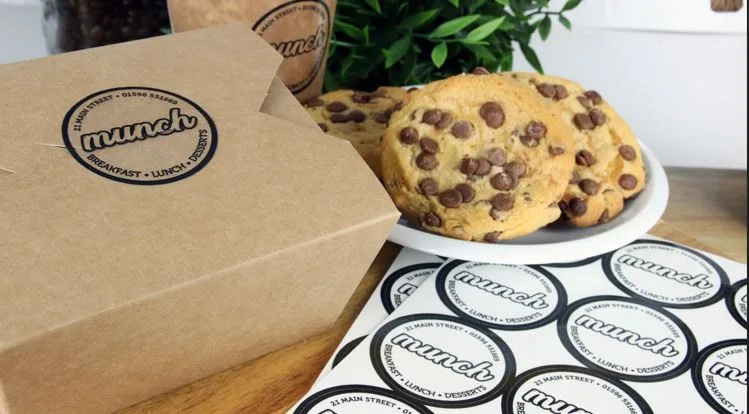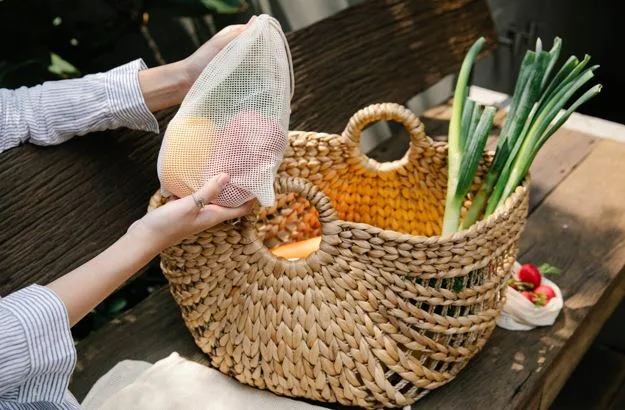Scaling a Food Business? Don’t Ignore Your Packaging Strategy
It’s an exciting thing—watching your food business grow. Maybe it started with a handful of regulars at your café, or a few online orders a week from your home kitchen. But now? Orders are stacking up. Deliveries are going out faster than you imagined. You’re thinking bigger, acting faster. But there’s one thing you might’ve overlooked in the rush: your packaging. When your operation scales, your packaging needs to keep up. Many food entrepreneurs realize too late that they can’t afford to run on last-minute supplies anymore.
That’s why so many are choosing to buy to go containers wholesale once their customer base begins to expand. It’s not just about saving money—it’s about consistency, branding, and logistics.
Why Packaging Deserves Strategic Attention
You might think packaging is just the last step before a meal heads out the door. But it’s a lot more than that.
Packaging protects your food. It makes sure the hot dishes stay hot and the cold drinks stay cool. It keeps everything in place on the road. Most importantly? It communicates something to your customers before they even take the first bite.
It’s often your first impression, especially for delivery orders. A thoughtful package—sturdy, clean, maybe even branded—tells people that you care. That you’re professional. That you’ve thought things through.
And as your business grows, your packaging choices should grow with it.
Common Packaging Pitfalls During Growth
Scaling a food business brings a lot of moving parts. It’s easy to keep using the same materials you started with—especially if they’ve “worked fine” up to now. But here’s the catch: what worked when you were doing 10 orders a day may not hold up when you’re doing 100.
One common mistake? Over-relying on small retail packs from the grocery store. They run out fast and don’t always give your food the support it needs.
Another one? Ignoring how the food travels. That container that looked sleek on your counter might leak during delivery or collapse under pressure.
And maybe the biggest issue? Missed branding opportunities. Blank or mismatched packaging doesn’t reflect the care you put into your food. It tells your customers this part doesn’t matter—and it does.
How to Align Packaging with Operational Growth
You already plan ahead for your ingredients, your staffing, your equipment. Packaging deserves that same attention.
Start by assessing your needs every time you hit a new milestone—like launching a new menu, adding delivery apps, or opening another location. What’s working? What’s not?
Bulk ordering can make a huge difference. Not only do you get better pricing, but you’ll also avoid the last-minute stress of running out of containers on a busy Friday night.
It’s also smart to partner with suppliers who specialize in food packaging. Look for vendors that understand how your type of food behaves. Soup travels differently from sandwiches. Hot meals need insulation. Sauces need sealing.
And think about branding. Your containers don’t have to be fancy. But a little consistency—your logo, a label, your color palette—can stick in people’s minds. That’s the kind of detail customers notice. It makes your food feel complete.
Sustainability as a Competitive Edge
Today’s customers care about what they eat—and what their food comes in.
Sustainability used to be a “nice to have.” Now, for many, it’s non-negotiable. They’re asking: Is this compostable? Is it recyclable? Is it wasteful?
Switching to greener materials isn’t just good for the environment—it can give your business an edge.
Compostable utensils. Paper-based containers. Plant-based plastics. These are no longer niche items. They’re widely available and can easily be built into your packaging plan.
And they send a strong message: that your business has values. That you’re thinking about more than profit.
Conclusion
Your packaging is part of your product. It should grow with you. As your kitchen, team, and delivery channels expand, don’t neglect packaging as an integral component. A little forethought now could save stress, money, and customer complaints later on down the line. Packaging should reflect not just what’s inside its contents. More food businesses recognize that their box itself embodies their brand and priorities, so they are moving toward sustainable packaging solutions to support growth while upholding values and ideals.







